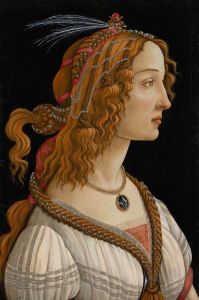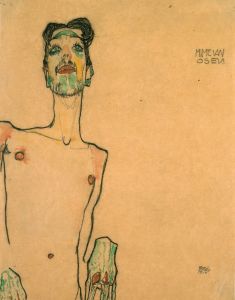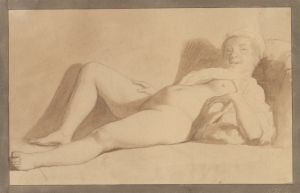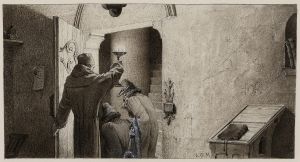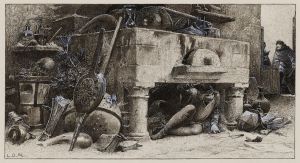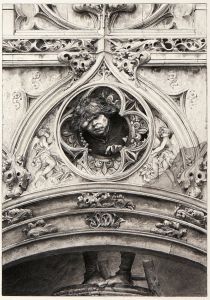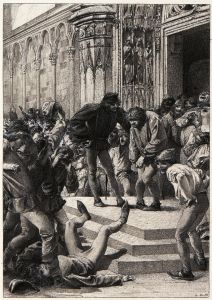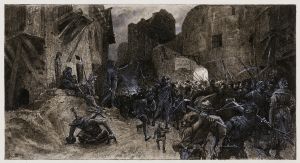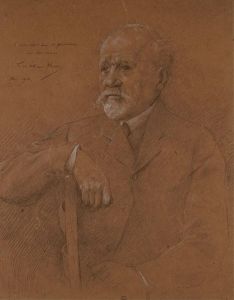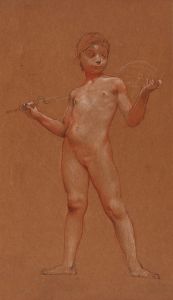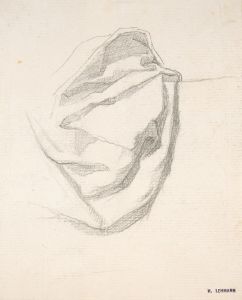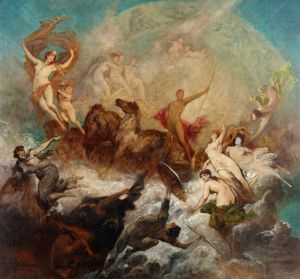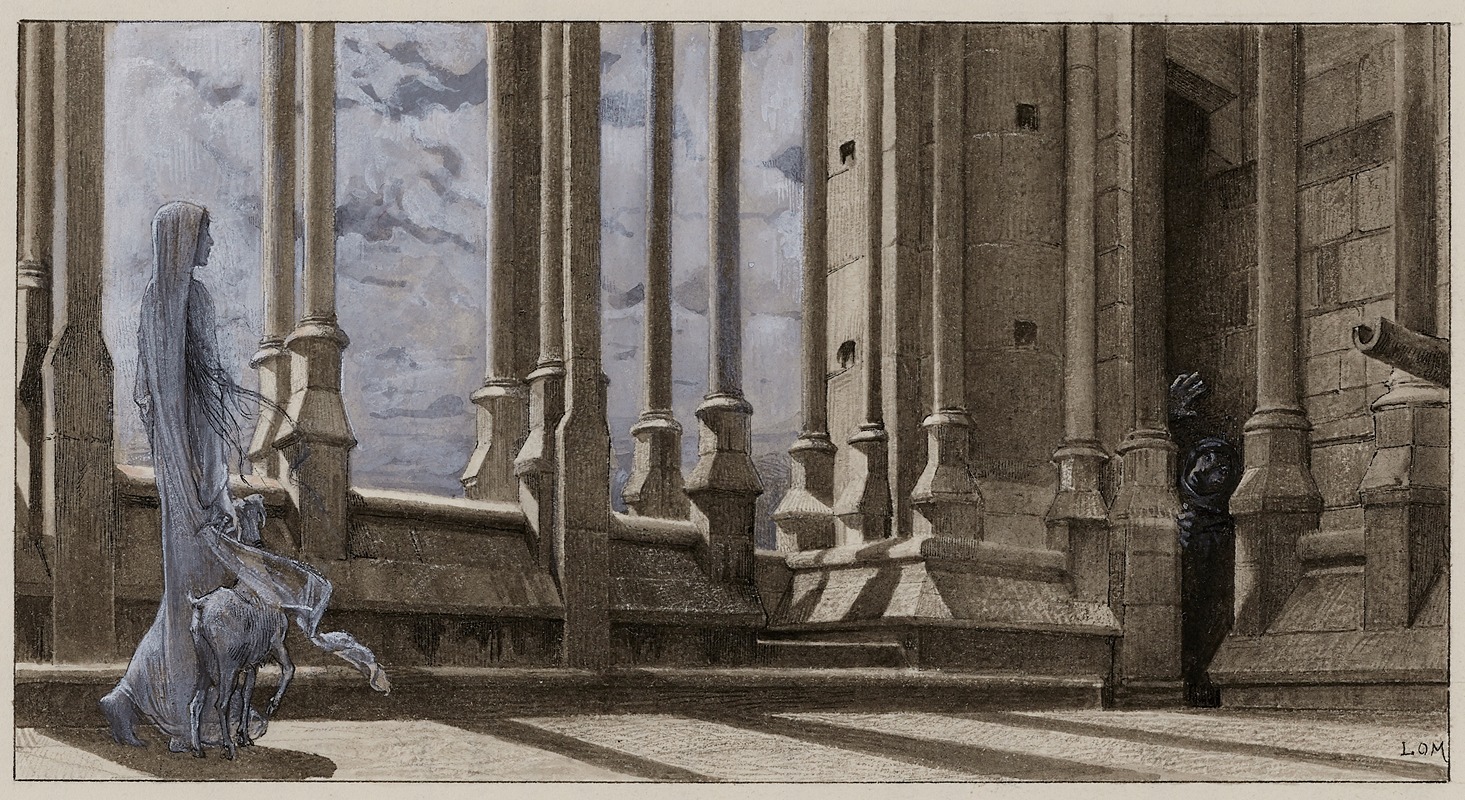
Fièvre
A hand-painted replica of Luc-Olivier Merson’s masterpiece Fièvre, meticulously crafted by professional artists to capture the true essence of the original. Each piece is created with museum-quality canvas and rare mineral pigments, carefully painted by experienced artists with delicate brushstrokes and rich, layered colors to perfectly recreate the texture of the original artwork. Unlike machine-printed reproductions, this hand-painted version brings the painting to life, infused with the artist’s emotions and skill in every stroke. Whether for personal collection or home decoration, it instantly elevates the artistic atmosphere of any space.
Luc-Olivier Merson's painting "Fièvre" (Fever) is a notable work by the French artist, who was active during the late 19th and early 20th centuries. Merson, born in Paris on May 21, 1846, was a painter and illustrator known for his detailed and often symbolically rich compositions. He studied under Gustave Chassevent and Isidore Pils at the École des Beaux-Arts in Paris, which significantly influenced his artistic development.
"Fièvre" was created in 1888 and is an exemplary piece that showcases Merson's skill in combining realism with symbolic elements. The painting depicts a young woman lying in bed, evidently suffering from a high fever. Her pallid complexion and the disarray of her surroundings convey the intensity of her illness. The room is dimly lit, with shadows playing across the scene, enhancing the somber and introspective mood of the painting.
Merson's use of light and shadow in "Fièvre" is particularly noteworthy. The light source, presumably from a window or a lamp, casts a soft glow on the woman's face, highlighting her delicate features and the beads of sweat on her forehead. This careful attention to detail and the realistic portrayal of the physical symptoms of fever demonstrate Merson's commitment to capturing the human condition with empathy and precision.
The painting also includes symbolic elements that add depth to its narrative. For instance, the presence of a crucifix on the wall above the bed suggests a spiritual dimension to the woman's suffering, hinting at themes of faith and redemption. Additionally, the scattered objects around the room, such as a medicine bottle and a glass of water, emphasize the struggle against illness and the hope for recovery.
"Fièvre" was well-received by contemporary audiences and critics, who praised Merson's ability to convey emotion and narrative through his art. The painting was exhibited at the Salon of 1888, where it garnered attention for its poignant subject matter and technical excellence. Merson's work often explored themes of human suffering and resilience, and "Fièvre" is a prime example of his ability to evoke empathy and reflection in the viewer.
Luc-Olivier Merson's contributions to the art world extend beyond his paintings. He was also a prolific illustrator, creating works for books, magazines, and even postage stamps. His illustrations for the works of Victor Hugo and other literary figures are particularly celebrated. Merson's versatility as an artist and his dedication to his craft earned him numerous accolades, including the prestigious Prix de Rome in 1869.
In summary, "Fièvre" by Luc-Olivier Merson is a masterful painting that combines realistic portrayal with symbolic depth. It captures the physical and emotional toll of illness with sensitivity and skill, reflecting Merson's broader artistic themes of human suffering and hope. The painting remains a significant work in Merson's oeuvre and a testament to his talent as a painter and storyteller.





